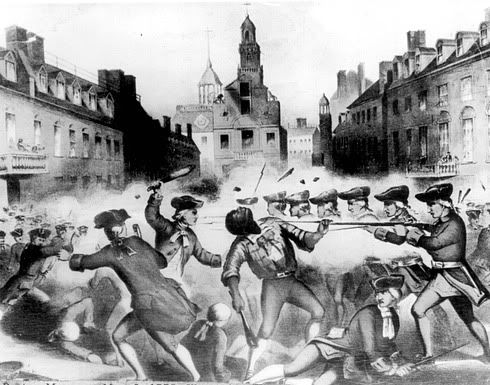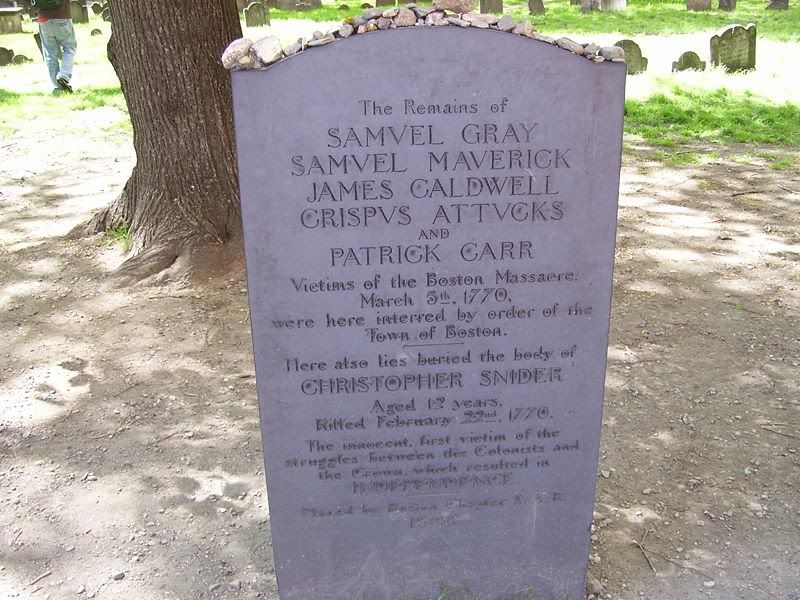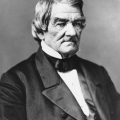( – promoted by navajo)
American colonists, unhappy with the English tax laws, attacked a detachment of British troops in Boston in 1770. The soldiers fired into what they viewed as a rioting crowd. One of their primary targets was the leader of the group – a man known as Crispus Attucks. Ultimately, five colonists, including Attucks, were killed.
There are many who view this incident – often called the Boston Massacre – as the first battle of the Revolutionary War, a battle fought more than six years before the signing of the Declaration of Independence. The man who led the colonists is considered to be the first American casualty of the Revolutionary War.
The battle started when a British sentry stuck a boy for complaining that a British officer had been late in paying a barber bill. Anger escalated and the townspeople hurled snowballs at the soldiers. Then a group of men led by Crispus Attucks approached the government building (now known as the Old State House) with clubs in hand. Violence erupted when a soldier was struck with a thrown piece of wood-thrown, according to observers, by Crispus Attucks. The soldiers opened fire and Attucks took two bullets in the chest. He was the first of five Americans to be killed in the battle.
It should also be noted that some people feel that Crispus Attucks was not a leader in this attack, or even a participant. There are those who feel that he was simply collateral damage: a bystander who happened to get killed.
Two of the British soldiers would later be found guilty of manslaughter and were branded on their thumbs. In defending the British soldiers on the premise of self-defense, John Adams called the crowd:
“a motley rabble of saucy boys, negros and molattoes, Irish teagues and outlandish jack tarrs.”
Two years after the event, Samuel Adams, a cousin of John Adams, dubbed it the Boston Massacre and Boston artist Henry Pelham created an image of the event showing a dark skinned man (Crispus Attucks) with chest wounds. This image was copied and distributed by Paul Revere.

There are many history books which claim that Attucks was African-American. In the strange view of American racism during the two centuries following the Revolutionary War, a person was considered to be Black if they carried a single drop of Black “blood.” Under this notion, Attucks was indeed Black. At the same time, he was Indian, as his mother was Massachuset (the tribe that gave the state its name). At the time of his birth, she was living at the Christian Indian settlement at Natick. The surname “Attucks” was common among the Praying Indians in Massachusetts and appears to be an Anglo version of an Alongonquian word “ahtuq es” meaning “little dear.”
Crispus Attucks was a direct descendent of John Attucks, an Indian executed for treason in 1676 during the King Philip War.
Crispus Attucks symbolizes the dilemma faced by many Indian people over the past two centuries. The problem is not just that of having a genetic heritage from more than one “race”, but that the fuzzy notion of race inherent in American racism assigns an individual to only one race. In addition, the old notion that “inferior blood dominates” means that many people of Indian heritage were considered Black by the dominant society. Today there are some who feel that mixed blood people should be able to celebrate all of their heritage, not just part of it.
In 1888, the Crispus Attucks Monument was erected on the Boston Common. This monument should serve as a symbol for Americans to celebrate their diverse heritage. The five who fell at the Boston Massacre were buried at the Granary Burying Ground and there is a stone marker today showing the grave.


Leave a Reply